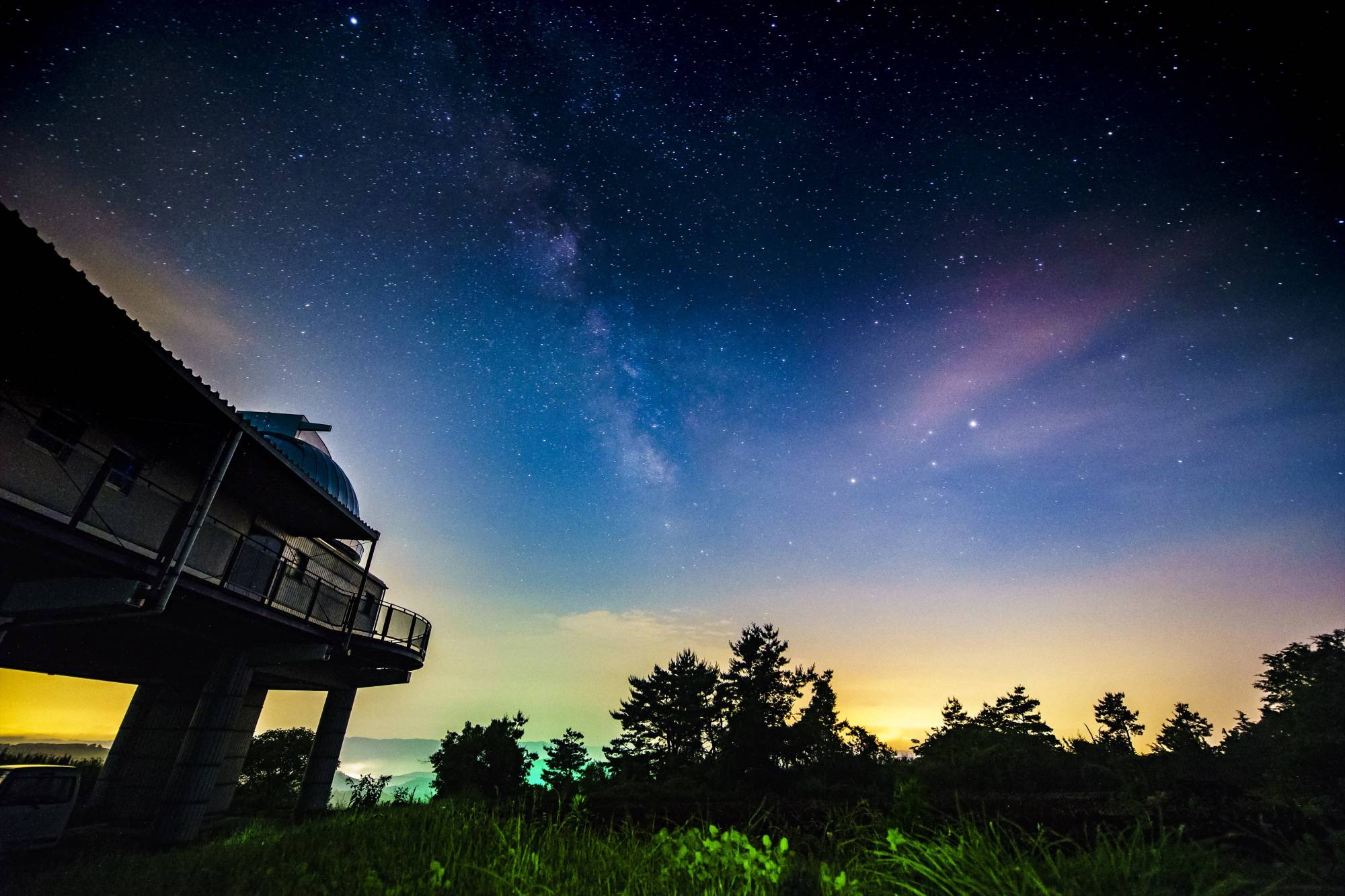With its name literally meaning “beautiful stars,” the small district of Bisei in the city of Ibara, Okayama Prefecture, is unsurprisingly among the destinations leading the way in Japan’s expanding travel segment: dark sky tourism.
Although various regions of the country, particularly remote spots and islands, have been introducing their starry skies to visitors for decades, it is only since the designation of Japan’s first dark sky place in 2018 that the concept of dark sky tourism started to take hold among stakeholders in the sector.
Taking advantage of unpolluted night skies, this form of ecotourism encompasses skygazing, moon-bathing, nocturnal creature guided tours, night sky-inspired events and other activities. The trend combines elements of travel that have been growing in popularity over the past decade such as nature, the outdoors, wellness, cultural heritage, wildlife and sustainability.


















With your current subscription plan you can comment on stories. However, before writing your first comment, please create a display name in the Profile section of your subscriber account page.